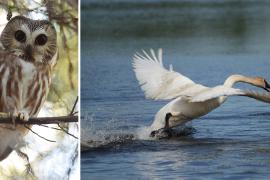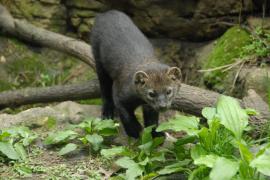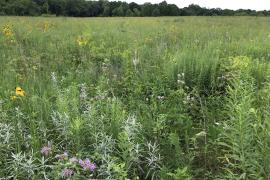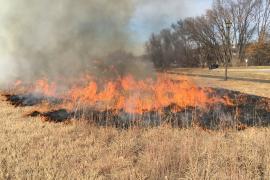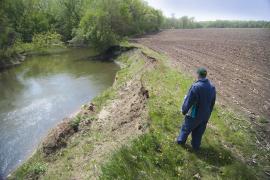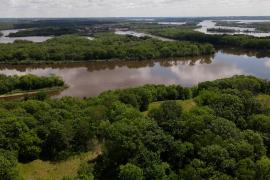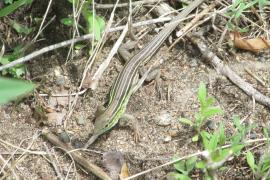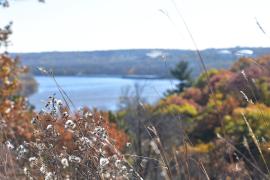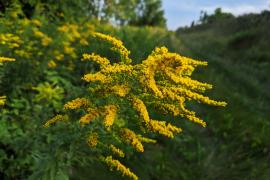For more than three decades, Dave Zumeta has kept meticulous lists of the birds he's seen in the Mississippi River Gorge, a band of habitat FMR works to restore that is critical for migrators on the flyway. These lists have become a valuable tool to help us track the health of our river habitat. Learn more about Dave's surprising findings, troubling and encouraging trends. >>
Read moreEnjoy our 2023 annual report
Celebrate a full, impactful year by exploring our interactive digital report's stories, pictures and more
